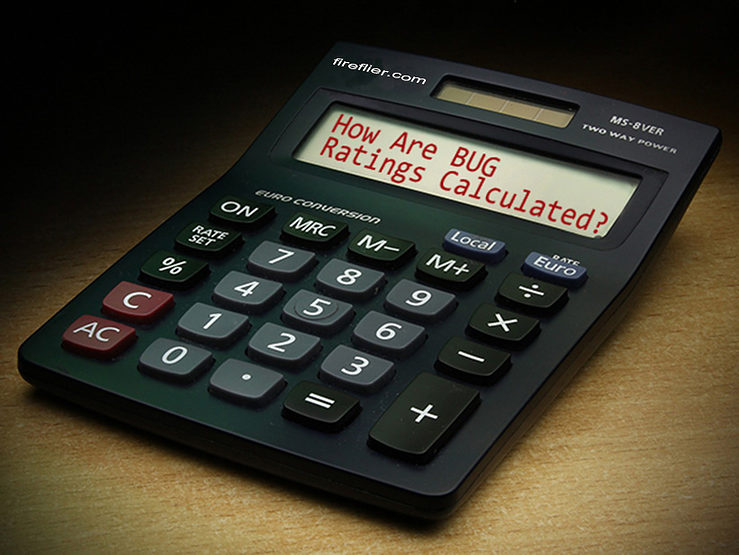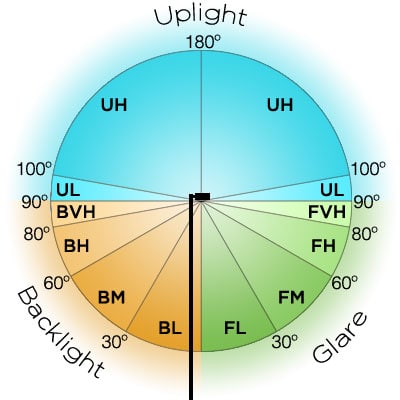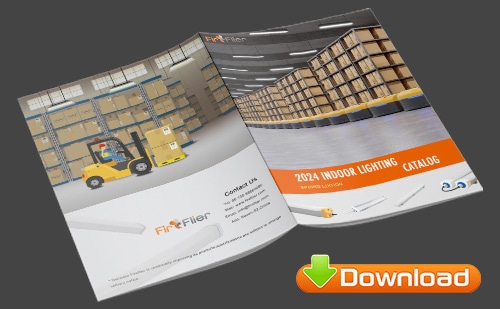What Does BUG Rating Mean?
To the untrained ear, hearing the words “BUG rating” may bring to mind swarms of insects or bad reality TV. However, the BUG rating has nothing to do with either, and everything to do with lighting. BUG is simply an acronym coined by the Illuminating Engineering Society (IES) and the International Dark Sky Association to better explain how light trespass can be measured. The BUG rating of a luminaire determines how much light trespass that a light fixture produces. The BUG rating replaced the old measuring system known as the “cutoff system” around 2005 and is more comprehensive, taking Backlight, Uplight, and Glare into account (the B, U, and G, of BUG).
- Backlight – This category takes into account the light that is spilled from behind the fixture into areas where it is unwanted. This is the opposite area to the area where light is intended to be. The backlight is mostly a problem regarding light trespass on adjacent sites and areas.
- Uplight – Uplight is the resulting light spill above the top of the fixture. Uplight contributes greatly to light pollution, sky glow, and is generally not “dark-sky friendly.” Minimizing uplight in commercial lighting fixtures can make the stars more visible at night.
- Glare – Have you ever driven past a really bright streetlight that almost seemed to blind you for a moment? That’s glare. Light glare is the amount of front light in the forward zones but happens when the light is too strong or concentrated. Glare is a safety issue as well as a light trespass issue near adjacent properties.
Why Does it Matter?
BUG rating is a system that allows luminaires with photometric data to be measured. It works in tandem with the International Dark Sky Association’s light zones, which are acceptable levels of light, or light limitations, in certain outdoor areas. The following light zones represent all the possible degrees of ambient light in an outdoor area, ranging from complete darkness (LZ0) to very bright municipal areas (LZ4).
- LZ0: No Ambient Lighting
- LZ1: Low Ambient Lighting
- LZ2: Moderate Ambient Lighting
- LZ3: Moderately High Ambient Lighting
- LZ4: High Ambient Lighting
How to Calculate a BUG Rating
The BUG system might seem complicated at first, but it actually has an intuitive setup. Every zone of stray light is divided into subzones as follows:
Backlight Subzones
- BVH: Backlight Very High (80-90 degrees)
- BH: Backlight High (60-80 degrees)
- BM: Backlight Mid (30-60 degrees)
- BL: Backlight Low (0-30 degrees)
Uplight Subzones
- UH: Uplight High (100-180 degrees)
- UL: Uplight Low (90-100 degrees)
Glare Subzones
- FVH: Forward light Very High (80-90 degrees)
- FH: Forward light High (60-80 degrees)
- FM: Forward light Mid (30-60 degrees)
- FL: Forward light Low (0-30 degrees)
The subzones are individually rated on a scale from 0 to 5, going from lowest to highest luminous flex. The highest rating of a subzone is considered the overall rating for that zone, and these readings are compiled into the BUG lighting classification: for example, B3 U1 G0. The tables below, which are based on the standards established by the IES, show the thresholds for each subzone.
Table 1: Backlight Ratings (in lumens)
|
B0 |
B1 |
B2 |
B3 |
B4 |
B5 |
||
|
Backlight |
BH |
110 |
500 |
1,000 |
2,500 |
5,000 |
>5,000 |
|
BM |
220 |
1,000 |
2,500 |
5,000 |
8,500 |
>8,500 |
|
|
BL |
110 |
500 |
1,000 |
2,500 |
5,000 |
>5,000 |
Table 2: Uplight Ratings (in lumens)
|
U0 |
U1 |
U2 |
U3 |
U4 |
U5 |
||
|
Uplight |
UH |
0 |
10 |
50 |
500 |
1,000 |
>1,000 |
|
UL |
0 |
10 |
50 |
500 |
1,000 |
>1,000 |
Table 3: Glare Ratings for Asymmetrical Fixtures (in lumens)
(Type I, Type II, Type III, Type IV)
|
G0 |
G1 |
G2 |
G3 |
G4 |
G5 |
||
|
Glare |
FVH |
10 |
100 |
225 |
500 |
750 |
>750 |
|
BVH |
10 |
100 |
225 |
500 |
750 |
>750 |
|
|
FH |
660 |
1,800 |
5,000 |
7,500 |
12,000 |
>12,000 |
|
|
BH |
110 |
500 |
1,000 |
2,500 |
5,000 |
>5,000 |
Table 4: Glare Ratings for Quadrilateral Symmetrical Fixtures (in lumens)
(Type V, Type V Square)
|
G0 |
G1 |
G2 |
G3 |
G4 |
G5 |
||
|
Glare |
FVH |
10 |
100 |
225 |
500 |
750 |
>750 |
|
BVH |
10 |
100 |
225 |
500 |
750 |
>750 |
|
|
FH |
660 |
1,800 |
5,000 |
7,500 |
12,000 |
>12,000 |
|
|
BH |
660 |
1,800 |
5,000 |
7,500 |
12,000 |
>12,000 |
BUG Rating Example
Let’s assume we have a 90 watt LED outdoor area light, equivalent to a traditional 250W metal halide fixture, with a Type II forward throw distribution. Based on photometric tests, the luminaire has the following zonal lumen distribution:
|
Backlight |
Lumens |
|
BL |
985 |
|
BM |
930 |
|
BH |
136 |
|
BVH |
16 |
|
Uplight |
|
|
UL |
0 |
|
UH |
0 |
|
Glare/Forward Light |
|
|
FL |
1618 |
|
FM |
6093 |
|
FH |
3748 |
|
FVH |
27 |
Calculate Backlight
Find the lowest B rating where the lumens for the secondary solid angles do not exceed the threshold lumens from Table 1. The subzone that has the highest rating determines the overall rating. In this case, the backlight rating would be B2 based on the BL lumen limit.
Calculate Uplight
Find the lowest U rating where the lumens for the secondary solid angles do not exceed the threshold lumens from Table 2. The subzone that has the highest rating determines the overall rating. In this case, the uplight rating would be U0 based on the UH and UL lumen limits.
Calculate Glare
Find the lowest G rating where the lumens for the secondary solid angles do not exceed the threshold lumens from Table 3 or 4, depending on the light distribution of the fixture. In this case, the fixture has an asymmetrical distribution pattern of Type IV, so we’ll use Table 3. The subzone that has the highest rating determines the overall rating. In this case, the glare rating would be G2 based on the FH lumen limit.
Therefore the combined BUG rating for this fixture would be: B2 U0 G2
Although there is no requirement to include BUG ratings in specification sheets yet, it is expected that exterior lighting fixture manufacturers will employ and improve BUG ratings to prevent bad lighting practices. Feel free to leave your feedback, questions, comments, or suggestions in the comment area below. Check back on our blog or our Facebook, Instagram for more information or innovative ideas on lighting! As always, our staff at fireflier.com is up for the challenge of answering your everyday lighting questions.




